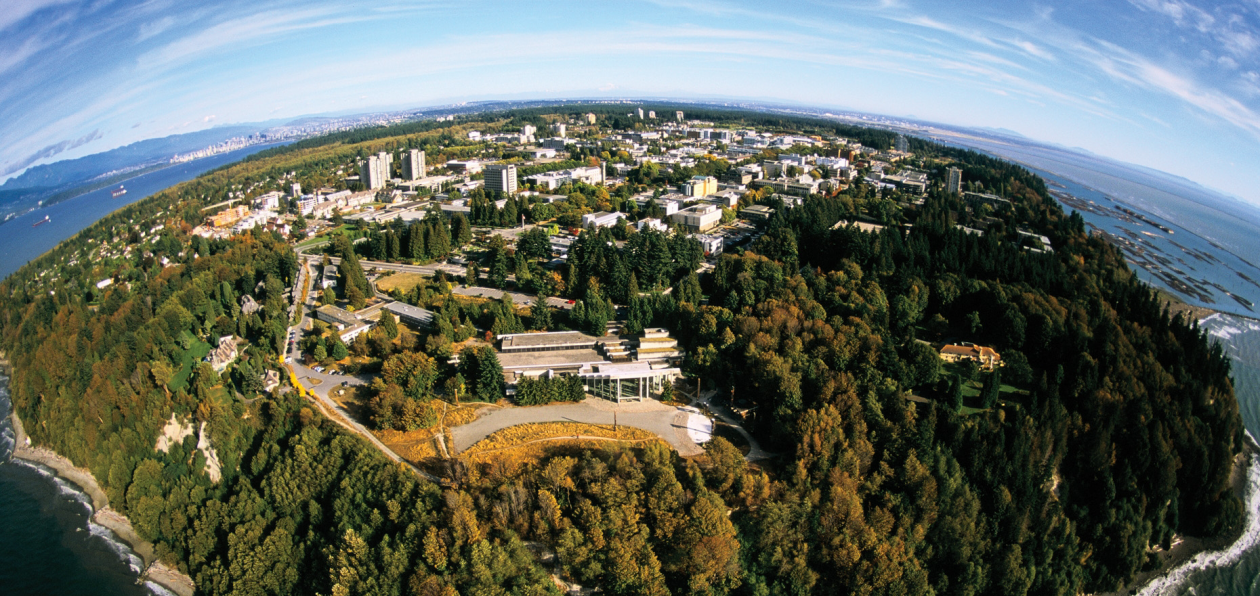This week’s gymnastic lesson was great! I thought it was very well executed, and I enjoyed that the group aimed to integrate a collaborative portion (the number-beam) exercise into a sport that is often individual.
This week’s lesson as well as our little excursion to the gymnastics centre really created a sense of nostalgia for me. Gymnastics was one of my favorite units in PE both in elementary as well as high school, and being with the gymnastic equipment brought back memories of my extracurricular gymnastics lessons as a child. That being said, I was never really very good at gymnastics, but I enjoyed it and thus have fond memories of it. Its quite unfortunate that gymnastics is one of the programs that schools or teachers feel uncomfortable including, for fears of safety and liability, which were addressed in last week’s readings. This is not to say that I don’t understand the rationale behind it, because I too would be worried about all the potential safety issues and legal issues that could arise as a consequence. Nonetheless, this is a shame because I think gymnastics is a popular aspect of PE, and one that children (especially in elementary school) are quite excited and enthusiastic about! I’m not sure why gymnastics in particular causes more concerns about safety or injury in comparison to other sports – perhaps it is because it can involve a lot of large equipment (at higher grades)? I am also unsure whether these concerns are valid, as I think there is a potential for injury with any sort of activity in PE.
On a different note, I just wanted to add that having these activities prepared and taught by our peers has resulted in a wonderful toolbox of ideas that we can use during our practicums (and into the future)! In my case, last week in my class’ PE block, the children were playing tag and running games and my SA asked me if I had any ideas to contribute. I immediately thought of the previous groups’ “animal run” activity and proposed that to my SA. We modified the game so that no one was “it” but solely had students moving around the gym as different animals until the whistle blew, at which point they had to organize themselves into groups of a certain number within a hula hoop. The children who did not find a group in time then got to choose the next animal movement. This activity worked extremely well and the Grade 2s loved it! So, thank you to the Outdoor Ed. group for this great idea 🙂
